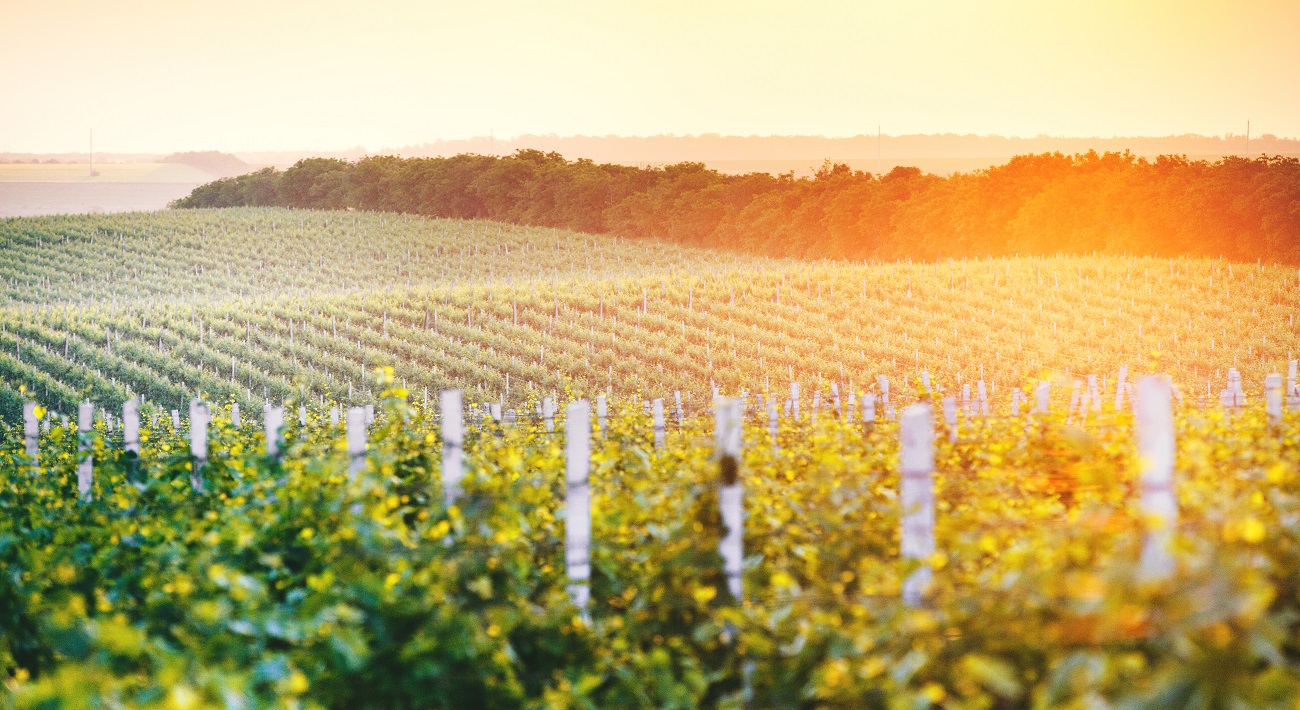
Vineyards in Moldova - © Maxim Ciumas
From Cricova's mysterious tunnels to the small wineries of Gagauzia, the Republic of Moldova aims to become an alternative to mass tourism destination thanks to hospitality traditions and the millenary cultural and historical heritage. The ace up its sleeve? Viticulture
A country without mountains or sea, but rich in history and traditions, deeply hospitable and with an ace up its sleeve: its wine. The Republic of Moldova is increasingly becoming a new tourist destination in the heart of Europe.
To do this, it decided to aim for a "slow" travel philosophy, made of quiet rhythms and encounters: with the warmth of its inhabitants, the surprises of its historic places, and its gastronomy, but above all with the nuances of taste and flavour of its best known and appreciated product – wine, which is a pillar not only of Moldova's economy but also of the country's culture and identity.
"Wine tourism is certainly a substantial part of our promotion strategy", says Natalia Turcanu, young and energetic executive director of the National Inbound Tourism Association di Moldova (ANTRIM), as we stroll along the spacious boulevards that mark the centre of the capital Chișinău. "Tourists who come to our country today are interested in living different, authentic experiences, far from the paths of mass tourism, which can involve them deeply. And in Moldova, the social communion linked to dining and wine culture is the key to open all doors, or almost".
These words are confirmed by the facts: according to the data collected, at least 60% of those who visited Moldova have included gastronomy and wine in their programme, generally expressing a high degree of appreciation.
A young sector, but with great potential
To understand the direction in which Moldova is moving to promote its package "tourism and wine", an excellent idea is to start from the village of Bulboaca, about forty kilometres south-east of Chișinău. Here is Castel Mimi, the winery that has become the beacon of Moldova's offer to its visitors.
“Castel Mimi currently represents the country's largest investment in the wine tourism sector – an effort rewarded by various international awards, and which places it among the architectural masterpieces in the wine sector". Cristina Frolov, manager of the company – now family-run – welcomes us to the spacious entrance hall flooded with light. We sip a glass of Roșu di Bulboaca, the pride of the cellar, a red wine that couples European grapes with the unmistakable character of the land that hosts us.
Castel Mimi has its roots in the years of the Tsarist empire, when the last governor of Bessarabia, Constantin Mimi, revolutionised the wine production in the region, creating a cutting-edge cellar. An intuition that has survived the upheavals of revolutions and wars. After the Second World War, the company grew even more, to become one of the largest in the Soviet Union (at the time, small Moldova supplied 70% of the USSR's entire wine production).
"In recent years we have renovated Castel Mimi from its foundations, transforming the giant inherited from the previous regime into a medium-sized, quality-focused company", says Cristina. "And this is both for wine, with a production of 500,000 bottles per year and a strong vocation for exports, and for tourist reception, with a structure capable of combining catering, events, and high-end hospitality".
And if Castel Mimi represents the spearhead in the sector, many companies are successfully developing an offer that integrates wine production and tourism: among the most dynamic examples is Chateau Vartely, north of Chișinău, which combines the production of wines such as Chardonnay, Traminer, and the autochthonous Rară Neagră with modern reception facilities.
There is also the Purcari winery, founded in 1827 (the oldest in what was then called Bessarabia) not far from the lazy bends of the Dniestr river (Nistru): from the grapes grown on the soft ripples of a landscape that is lost far away on the horizon, some of Moldova's most renowned wines are produced, including Negru de Purcari, which many regard as the most representative red of local viticulture. Today the winery also offers two restaurants, a high-quality hotel, and the opportunity to practice many outdoor activities, of course when the season permits.
Among the small producers of Gagauzia
In Moldova, however, the production of wine and hospitality are certainly not the exclusive prerogative of large companies and wineries. Data show a rooted and widespread vocation: out of an official population of 3.5 million people, as many as 200,000 are employed in the wine sector, and Moldova is today the country with the largest extension of vineyards in the world compared to the national territory.
In practice, almost everyone in the country has a direct or mediated relationship with the world of wine: it is therefore not surprising that a key role is played by small producers, perhaps those who best manage to embody the fascinating spirit of "slow tourism" in the Moldavian version. A social – and not only productive – fabric that is extremely articulated, and able to keep alive the many and varied cultural traditions that a small country like Moldova unexpectedly manages to contain.
One of the most interesting realities from this point of view is Gagauzia, an autonomous region in the south of the country inhabited by a melting pot of peoples with a majority of Gagauzi, a Turkic ethnic group, but of Orthodox religion and with a very strong vocation for viticulture.
"The care of the vine is a real pillar of the Gagauz culture, together with the tradition of hospitality", says Lora Cervan, who together with her husband manages the small KaraGani winery, just outside the village of Vulcănești, almost on the border with Romania. Ten hectares of vineyards, five varieties of wine, and the possibility of accommodating up to thirty tourists: these are the features of a company deeply rooted in the territory, but which aspires to grow.
“Wine tasting and traditional Gagauz gastronomy – ours is a simple recipe, but one which attracts more and more visits. But we don't just want to bring the world to our home, but also our home to the world”, smiles Lora. “That's why we are studying the possibility of starting to export our product. Romania, Italy, Denmark, Ukraine – these are currently the most promising destinations, of which we are exploring current legislation and logistics".
Gagauz is also Serghei Sari, a young winemaker who, after years of experience and study trips abroad, mostly in the United States, has decided to launch his own business and life project. “We have just started with 8,000 bottles, focusing on dry reds, such as Cabernet, Seperavi, and Fetească Neagră – all varieties that bring out the sun, the windy climate, and the rich soil of our territory".
Serghei also thinks about the possibility of exporting, a true vocation of Moldovan viticulture (over 80% of local wines are currently shipped abroad, especially in the EU, the Far East, North America, and the former Soviet world). "Making your way in such a competitive sector, however, is not easy, it is difficult to promote Moldovan wines when today many do not even know where Moldova is located!".
An underground treasure
The journey on the traces of Moldovan wine can lead visitors to discover not only the sinuous territory of the country, but also its underground. To do this, you need to move a few kilometres away from the capital and get to Cricova. For those who know Moldova, Cricova is more than the largest winery in the world, it is a real institution.
To understand why, it is not enough to stop at the numbers, however impressive, that tell of a true "underground wine city": you have to go in person down the 120-kilometers long labyrinth of underground tunnels that form its beating heart.
To do this, the easiest way is to participate in organised tours, lasting a few hours, which thanks to a small fleet of electric trains brings hundreds of tourists to the cellar every day.
The tunnels were excavated in white limestone since at least the 15th century, to obtain the construction material with which Chișinău and the surrounding villages were built. Then, in the 1950s, the idea was born to exploit the ideal conditions of the tunnels, which maintain a constant temperature of 12 degrees throughout the year, to create a true "Moldovan wine temple".
Conditions that convinced many collectors to use Cricova as an ideal place to store their finest wines: in the vault, you can find wines belonging to the English royal house, Barack Obama, and Elton John together with a substantial part of the collection that once belonged to Nazi hierarch Hermann Göring.
Such an unordinary reality can only create myths and legends. According to the best known, Yuri Gagarin, the first man in space, after being invited to Cricova and tasting the wines of the cellar in abundance, lost his way – but not his smile and good mood – and was able to find the exit only two days later.
The surprises of cultural and culinary heritage
Wine, but not only. Moldova, a land of encounter (and often clash) between different civilisations and worlds, can offer its visitors a fascinating cultural heritage. Those who want to explore it can start from the historical site of Orheiul Vechi, just over an hour north-east of Chișinău. Leaving the northern suburbs of the capital, the road – accompanied by long rows of walnuts – winds lazily along the undulating and silent, almost dreamy landscape.
Then, suddenly, it glides downwards, to reach the bottom of the sunken meanders that the Răut river has carved into the limestone rock over the millennia, creating a natural amphitheatre of rare beauty.
Since the Paleolithic era, the inhabitants of this land have sought refuge on the steep ridges overlooking the river, digging tunnels on their sides and building fortresses and temples on the top. Archaeologists have found the layered remains of the presence of the Dacians (6th-1st century BC), the Golden Horde, that erected here the stronghold of Shehr al-Jedid (14th century AD), and a series of Orthodox monasteries, the last of which still stands out with its golden domes against the endless horizon.
Here a solitary monk, shy and yet welcoming in his silence, continues to live in the monastery, giving continuity to a presence that is felt in every step, in every wise carving of the iconostasis, in every detail of the icons that shine in the light of the flickering candles.
At the bottom of the valley, in a lazy and welcoming atmosphere, lies the village of Trebujeni: houses with a square plan and dark roofs, with gates with surprisingly cheerful and bright colours to break the monotony of the greenery that surrounds the town.
Here is “Casa Din Lunca”, one of the first farmhouses in the country, where you can fully explore the richness and variety of Moldova's culinary tradition, letting yourself be lulled by the slow rhythms and the warmth of hospitality.
Moldovan cuisine is straightforward, without too many frills, and relies on the high quality of its products. The most characteristic dishes include the zeama, homemade soup made with chicken, vegetables, and dough; the ever-present mamaliga, polenta served with sour cream and cheese; the sarmale, rolls of cabbage (or vine) leaves stuffed with rice and minced meat; and the spicy thrill of the limba soacrei, the biting "mother-in-law tongue" made with aubergines.
The site of Orheiul Vechi, currently a candidate to enter the UNESCO World Heritage list, is not alone. Moldova preserves a rich heritage of medieval fortresses (Soroca and Tighina) and numerous monasteries, including Curchi, Capriana, and Calaraseuca.
A journey through time
In Moldova, you can travel in time as well as in space. You just need to move east, cross the Dniestr River (Nistru), and enter the de facto state of Transnistria (officially "Moldovan Republic of Pridnestrovie"), an independent and internationally unrecognised state, born in the early 1990s from the ashes of the turbulent disintegration of the Soviet Union.
Shortly before Moldova declared its independence (August 1991), the region to the left of the Dniestr river, richer and more Russified, declared itself independent (September 1990), a decision never accepted by Chișinău. The dispute led to a brief conflict, followed by a ceasefire which halted hostilities, without however resolving the status of Transnistria, which remains presided by Moscow's military forces.
Today it is not difficult for EU citizens to enter Transnistria, it just takes a valid passport. After passing a brief document check, the feeling is that of entering a time bubble, where the atmosphere of the Soviet Union lives on.
The centre of the Transnistrian capital, Tiraspol', founded by Russian general Alexander Suvorov in 1792 on the site of the ancient Greek colony of Tyras, still proudly displays the symbols of a political and ideological regime – the Soviet communist one – which is part of the past for the rest of the world: from the hammer and sickle on the national flag to the statues of Lenin in front of the parliament and the town hall, surmounted by the five-pointed star.
The Moldovan authorities, while maintaining a low profile, do not discourage the tourist potential of this rebel region, but rather try to integrate the "time travel" beyond the Dniestr into the package of unique experiences that the country offers to visitors.
On the other hand, Transnistria, with its complex history, does not offer only a unique glance through the recent history of the Old continent. This region also boasts a deep-rooted winemaking tradition, which has its spearhead in the "Kvint" cellar.
Founded in 1897, Kvint is best known for the production of cognac (which, for reasons of protected denomination, has been called "Divin" since 1993), but also of wine, vodka, and brandy. The cellar exports to Italy, China, Russia, and Ukraine, and its turnover is an important item in Transnistria's GDP (about 5%).
Here too, the ideological element is not entirely absent: the best divins include for example the "Surprise", dedicated to the 22nd congress of the CPSU and "considered the best communist divin'", or the "Jubilee", dedicated to the 60th anniversary of the foundation of the USSR.
Kvint's doors are open to tourists, who can visit the cellars and taste the products, which continue to reap prizes and awards worldwide.
This report was produced after a visit to Moldova organised by the National Inbound Tourism Association of Moldova, with the support of the "Moldova Competitiveness Project" funded by USAID, Sweden, and UKAID
















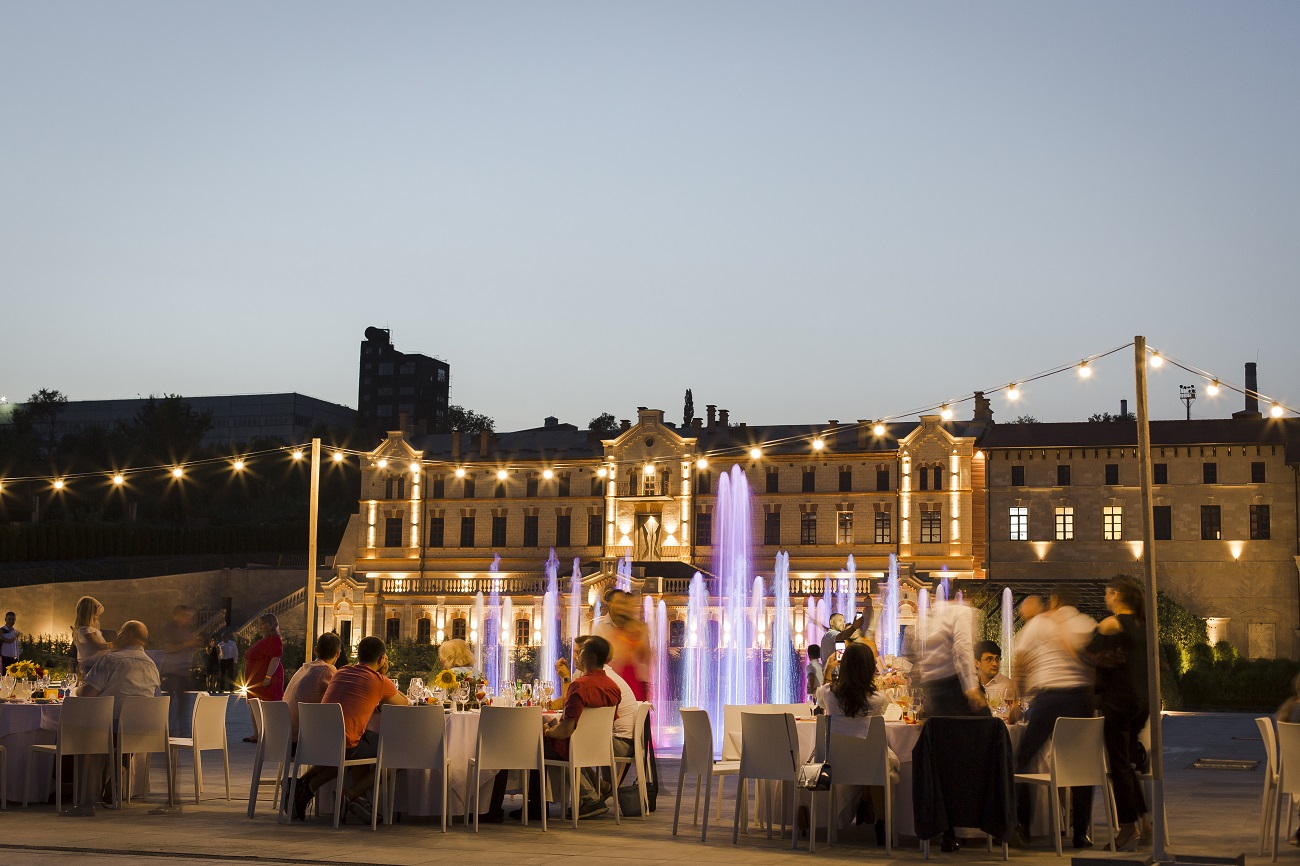
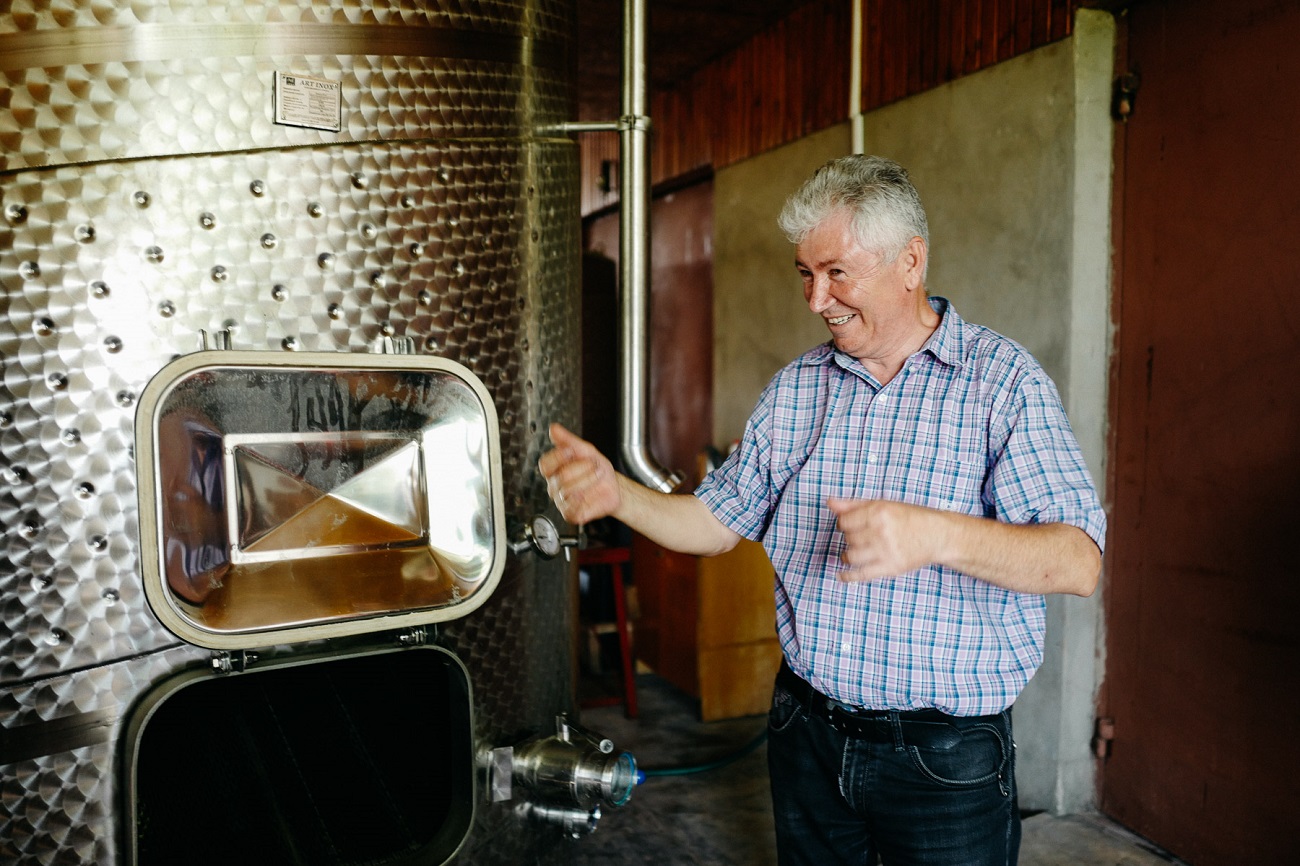
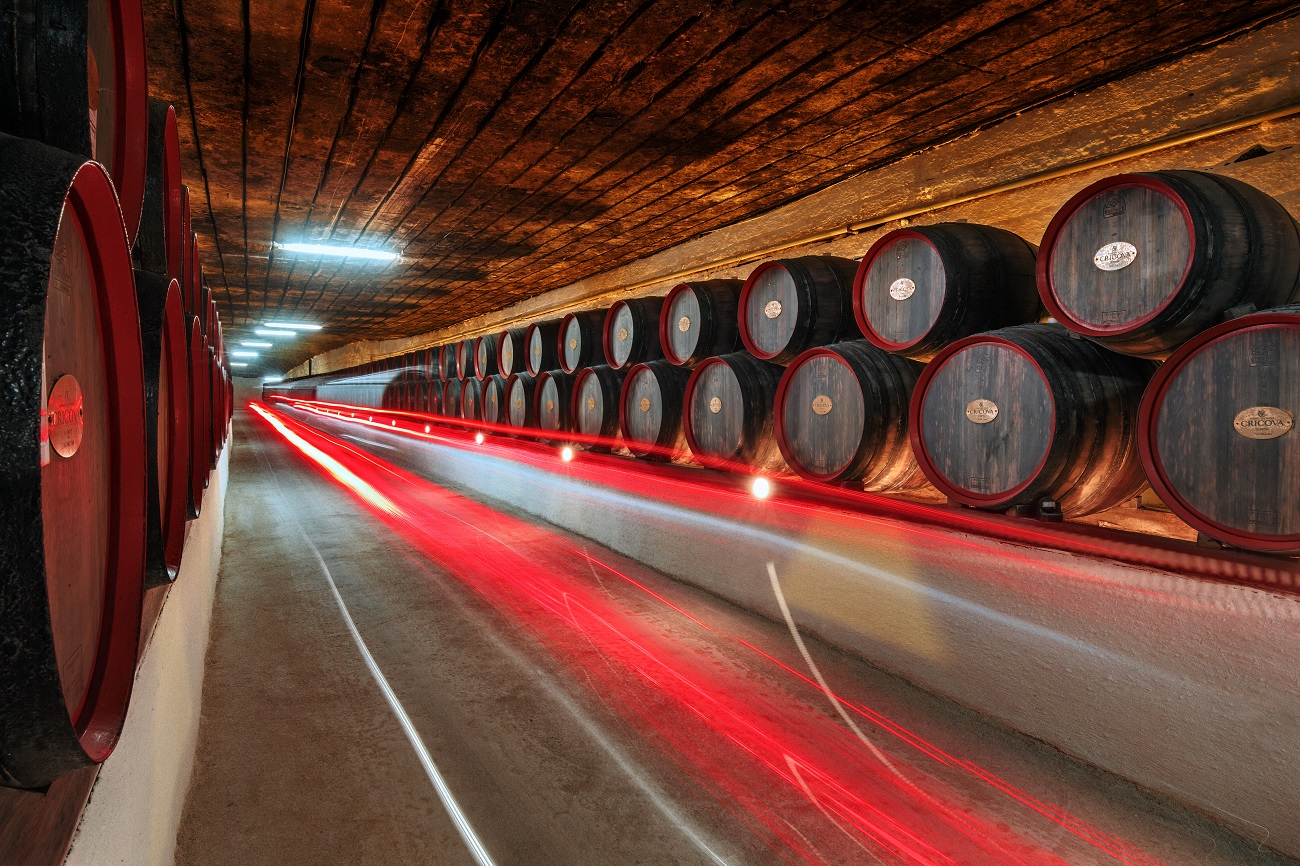
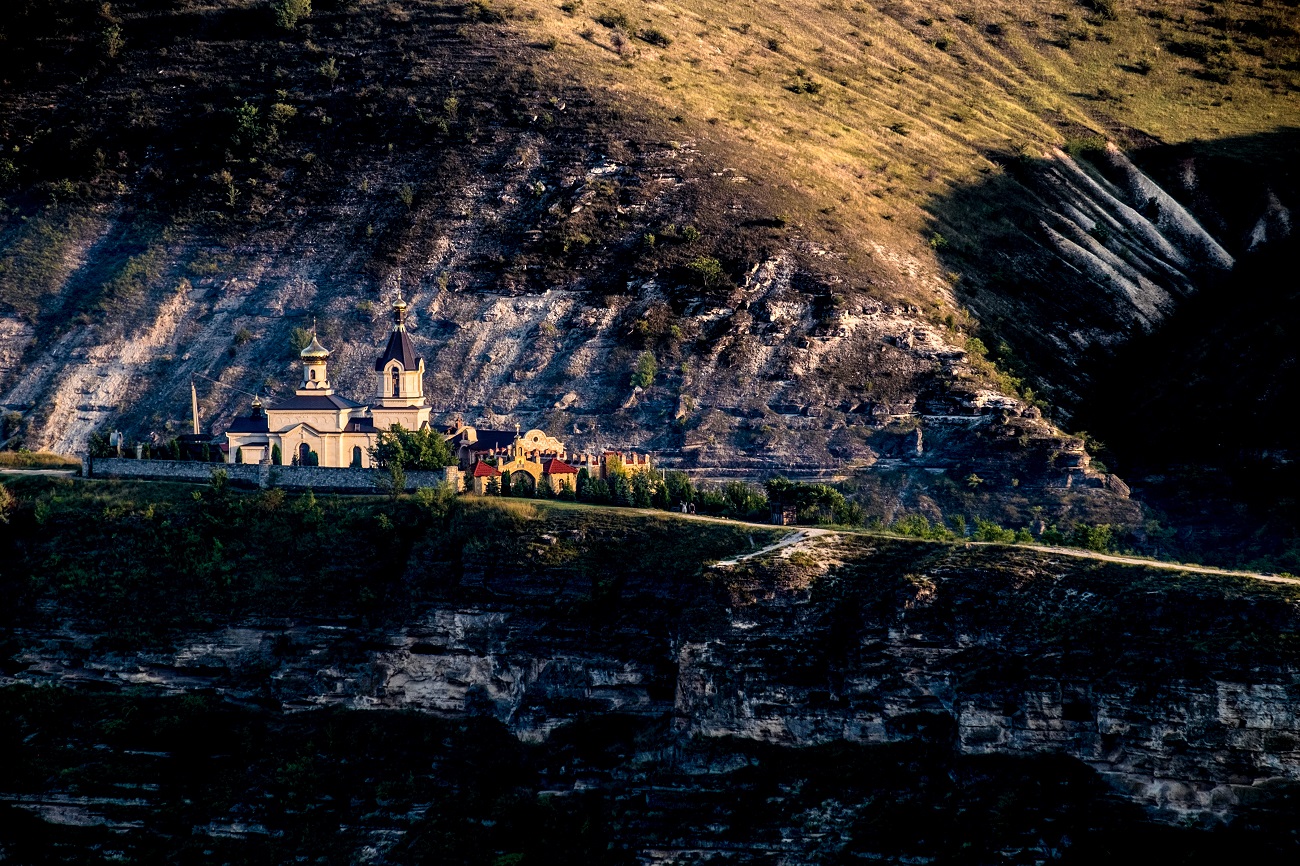
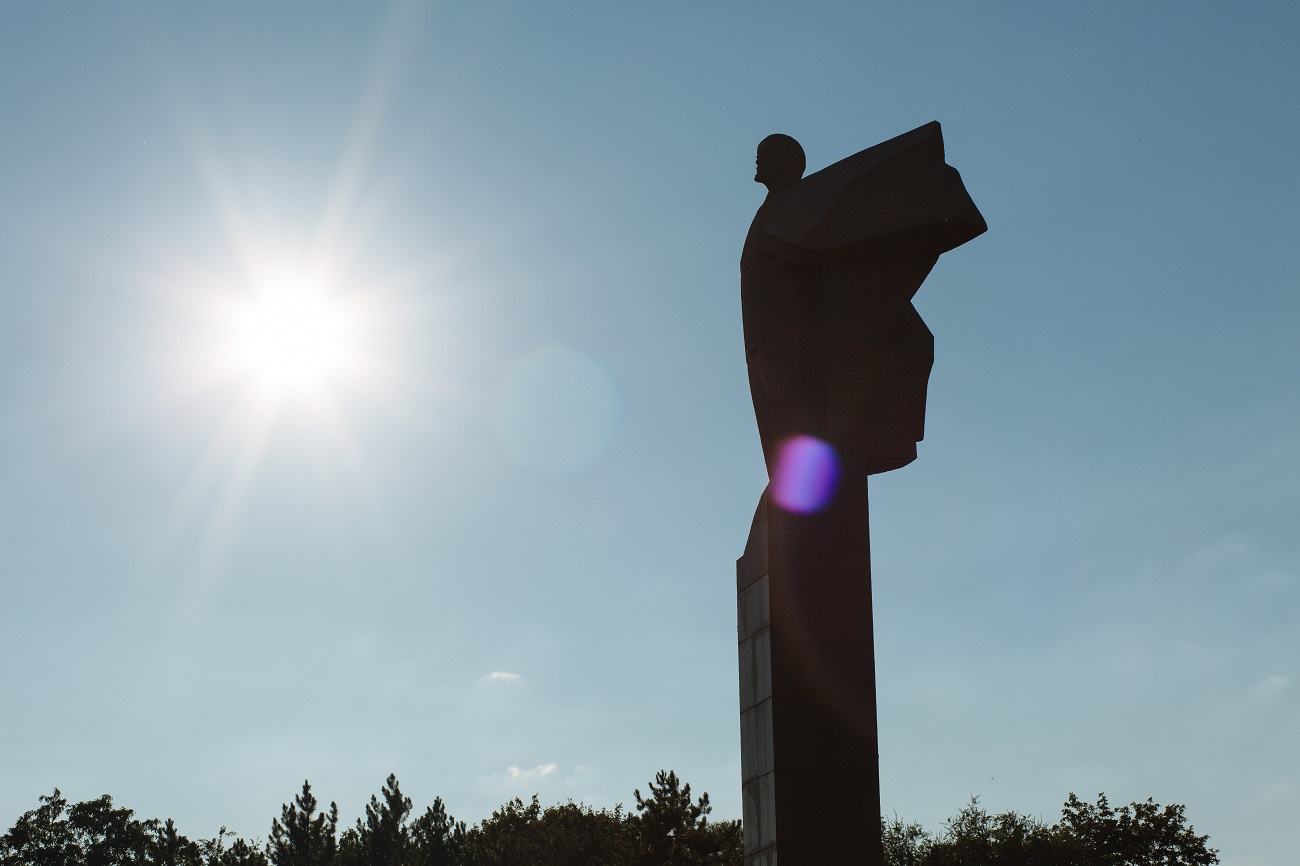
 To Top
To Top